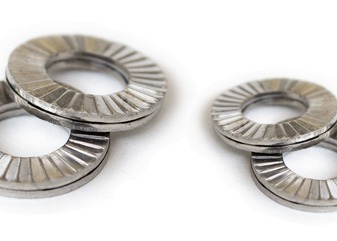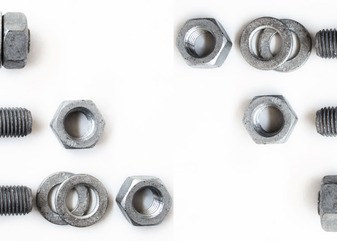Hydrogen embrittlement is a physicochemical process that affects various types of metals, particularly high-strength ones, making them prone to fractures.
When hydrogen atoms penetrate into alloys such as high-strength steels, the metal becomes brittle. This phenomenon causes a deterioration in the properties of steel, making it less ductile and weaker. The higher the strength class of the steel, the higher the probability of this phenomenon occurring.
Over the years, it has been observed that materials like titanium and aluminum alloys are also susceptible to this phenomenon.
Given the structural applications of high-strength steel products, it's clear that even the smallest changes in the chemical-physical structure of the material could have far-reaching effects.
Various research centers in the construction sector and steel product manufacturing have analyzed and studied this process, performing specific tests on high-strength steels.
Consequently, two different types of hydrogen embrittlement have been defined: the first is environmental, and the second occurs during manufacturing processes.
Environmental hydrogen embrittlement is induced by the absorption of hydrogen present in the environment, typically during the corrosion process.
The second type of embrittlement, derived from manufacturing or processing in moist environments, can encourage the onset of this phenomenon. The same applies to electrochemical surface treatment processes like acid pickling and electrolytic galvanizing.
In threaded connecting elements, such as screws and nuts, specific regulations specify that starting from a strength greater than 320 HV, there is a higher probability of this phenomenon occurring. The component's failure could occur not during the assembly process but even days later, especially in joints with tensile forces.
But how can this phenomenon be actively prevented?
Since the initial discovery and subsequent naming of this chemical phenomenon, solutions have been developed over the years to prevent the onset of this problem in high-strength steels.
Environmental hydrogen embrittlement, due to corrosion, can be avoided using an appropriate surface treatment that does not develop the introduction of hydrogen in the coating process, following particular precautions from the type of material to be treated to the duration and method of the pickling process.
The dehydrogenation process is regulated by specific ISO standards.
The timing and methods of the dehydrogenation treatment are of fundamental importance because it aims to eliminate as much hydrogen as possible by redistributing the remaining hydrogen across the entire surface of the connecting element. By reducing hydrogen atoms, the likelihood of subsequent embrittlement will also be reduced.
Subscribe to our newsletter to receive our updates every week.
 Added to quote
Added to quote









